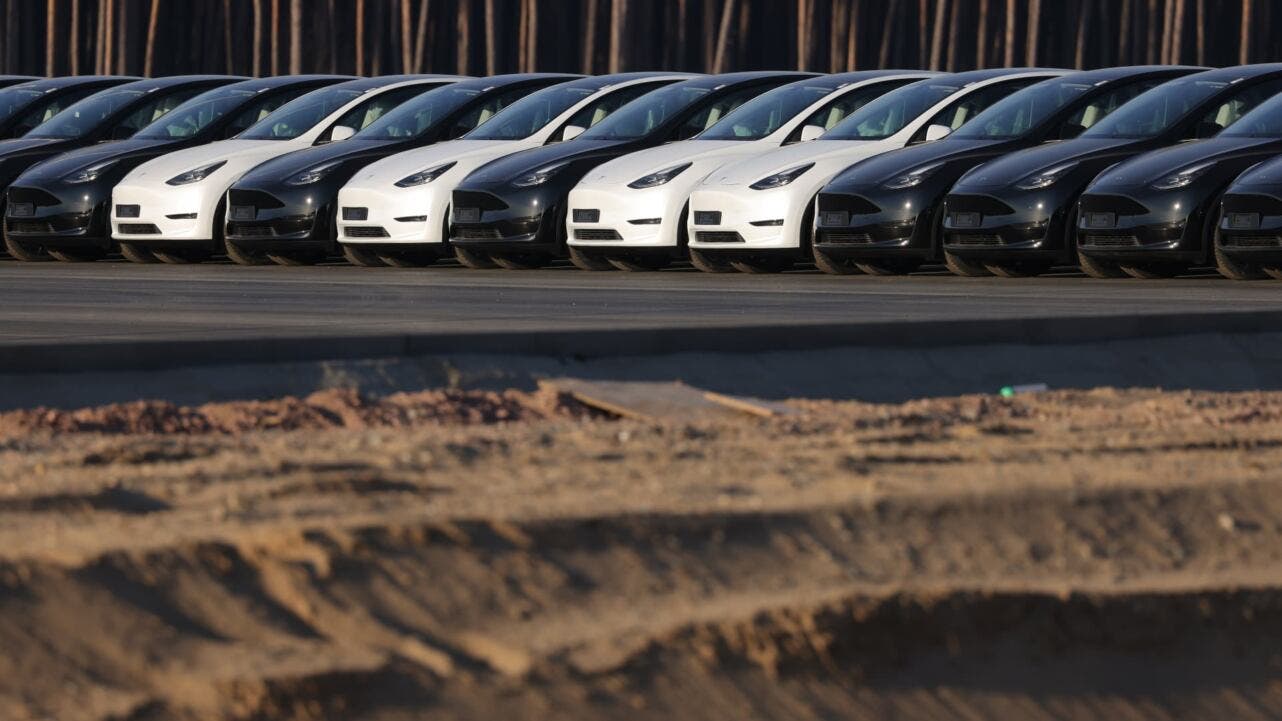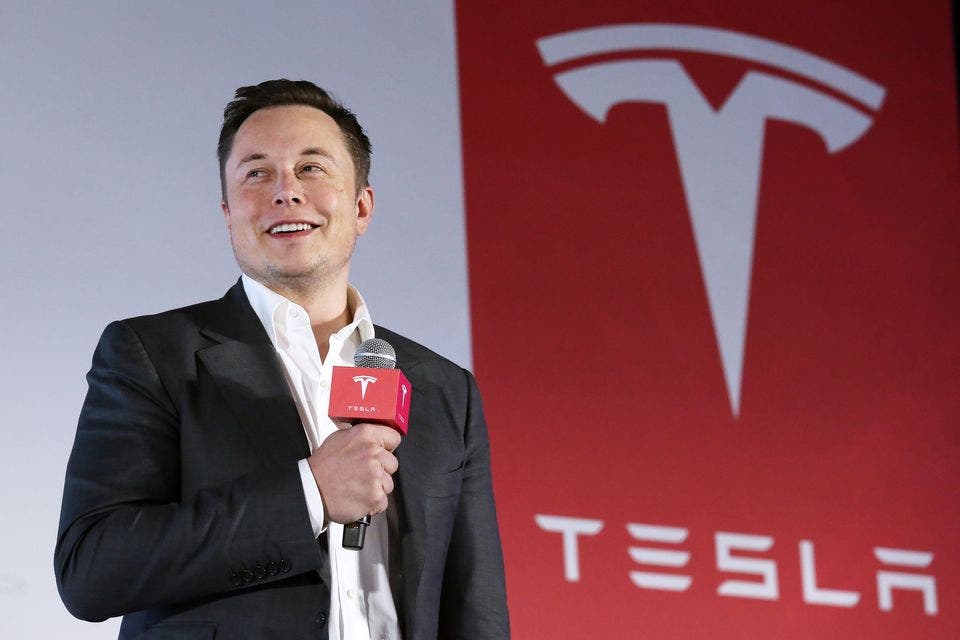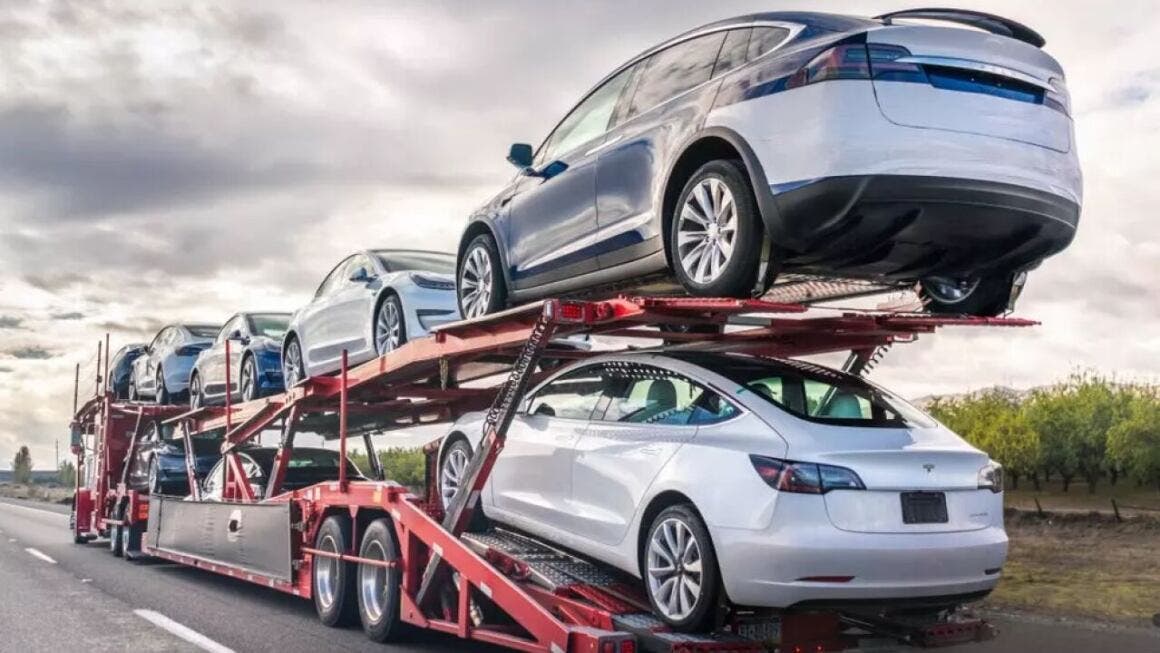The third quarter of 2025 has delivered plenty of shockwaves in the electric vehicle market. As automakers release their sales numbers, one trend has been crystal clear: Americans were rushing to buy EVs, not just for the environment, but to grab the expiring $7,500 federal tax credit while they still could. The real headliner, as always, is Tesla.
The American automaker reported a record-breaking 497,099 deliveries and 447,450 vehicles produced this quarter. As usual, Tesla didn’t share individual model sales or country breakdowns, so the US numbers remain a mystery. Interestingly, production actually dropped by about 20,000 units compared to Q3 2024, yet deliveries increased by over 34,000 vehicles. The company will reveal its full financial results on October 22, followed by a Q&A session with Elon Musk, likely featuring equal parts data and theatrics.

Still, analysts are cautious. Many believe the surge in deliveries is more about buyers racing to secure tax credits than a sudden wave of new Tesla fans. The 20.5% jump from Q2 to Q3 is impressive, but may not be sustainable once incentives disappear.Investors, meanwhile, seem to share that skepticism. Tesla stock has risen 28.6% over the past month, but slipped 3.2% in the last five days. Experts project Tesla could deliver around 1.61 million vehicles in 2025, meaning it needs roughly 390,000 in Q4 to hit that target, a tall order, but not impossible.
Part of this growth may come from the new Model YL, a stretched six-seat version for China, where buyers love extra legroom almost as much as cutting-edge tech.
And then there’s Musk. Already the world’s richest man, he could soon become even richer, possibly the first-ever trillionaire, if Tesla shareholders approve a plan in November that would give him another 12% control of the company once key milestones are met.

Not everyone’s cheering, though: a group of shareholders, including several US state treasurers, has urged investors to vote against the proposal, citing a “lack of real-time oversight.
